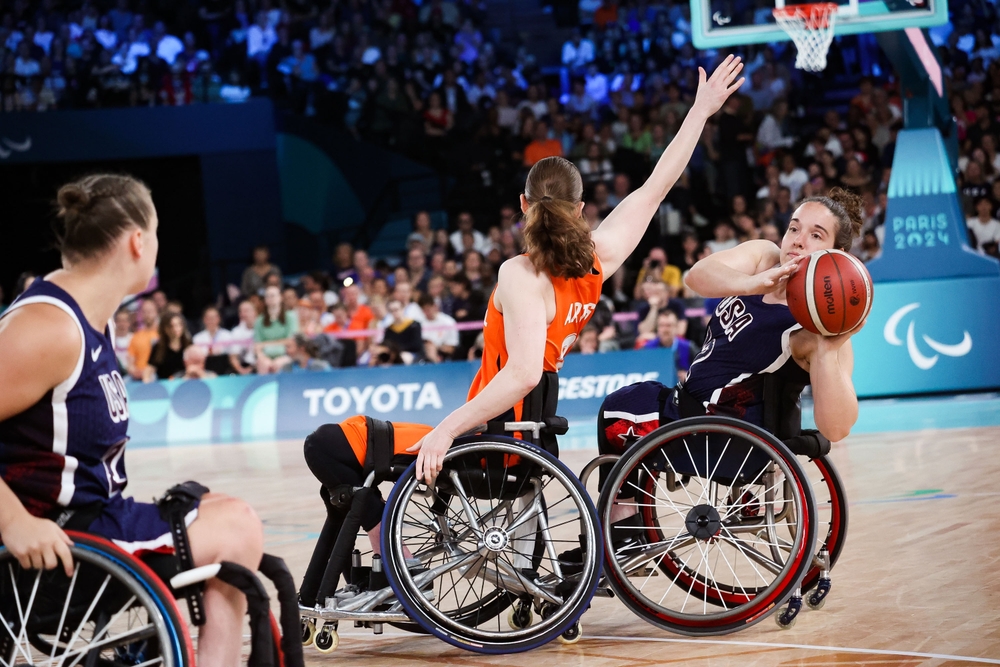Breaking Barriers: The Journey of Wheelchair Basketball
In the 1940s, the world was recovering from the throes of World War II. Soldiers were returning home, bearing not just the mental scars of battle but also physical ones. For many, life had changed irrevocably. Among the returning veterans were men who had lost the use of their legs. But even in the face of adversity, they refused to allow their physical limitations to rob them of their passion for sports. Hence, a new sport was born: wheelchair basketball.

A Game for the Resilient
Wheelchair basketball first came into being in the rehabilitation hospitals of the United States. The sport was initially played by veterans who had sustained spinal cord injuries during the war. The initial rules of the game were adapted from conventional basketball, but with time, they evolved to suit the unique needs and capabilities of its players. Today, wheelchair basketball is recognized as a fast-paced, physically challenging sport that requires strategic thinking, teamwork, and exceptional ball handling skills.
The Rise of a Competitive Sport
In the early years, wheelchair basketball was seen more as a therapeutic activity rather than a competitive sport. However, that perception began to change in the 1960s. The formation of the National Wheelchair Basketball Association (NWBA) in the United States and the inclusion of wheelchair basketball in the Paralympic Games signaled a shift from rehabilitation to competition. Today, it is a highly competitive sport with professional leagues worldwide.
Overcoming Challenges and Breaking Stereotypes
The journey of wheelchair basketball has not been without its challenges. The sport has had to overcome stereotypes and prejudices related to disability. Despite the physical limitations of its players, the sport demands high levels of fitness, agility, and skill. The athletes train as hard as their able-bodied counterparts, if not more. Yet, they often have to fight for recognition and equal opportunities.
The Future is Bright
Wheelchair basketball continues to evolve, with advancements in sports science and technology contributing to improved training methods and equipment. The sport has also played a crucial role in changing societal attitudes towards disability, emphasizing ability over disability. As we move forward, the future of wheelchair basketball looks promising, with increasing participation, greater recognition, and growing popularity.
Wheelchair basketball is more than just a game. It is a testament to human resilience, a symbol of inclusivity, and a beacon of hope for many. It is a sport that truly embodies the spirit of overcoming adversity and breaking barriers.




